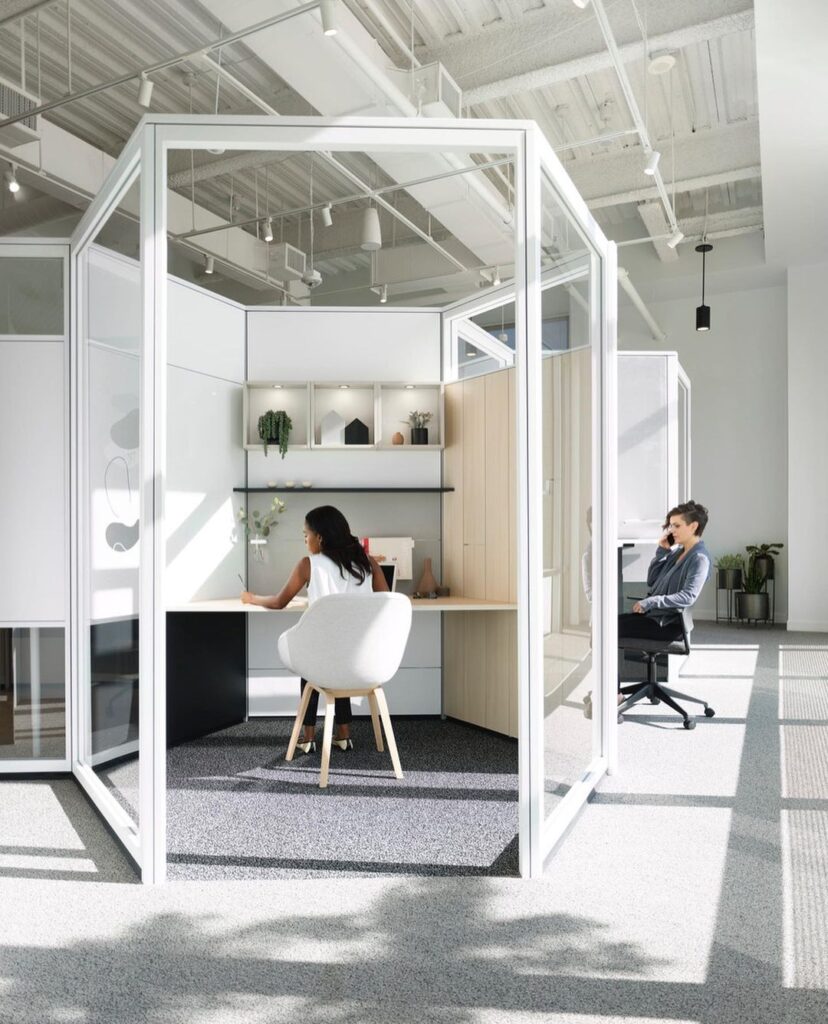Have you ever been sitting at your desk, trying to focus on important work, but the lighting is so bad it’s giving you a headache? This is because poor lighting can increase eye strain, cause headaches, and reduce overall productivity.
In this blog post, we will discuss the importance of lighting in the workplace and how good lighting can keep your employees comfortable and focused in the office.
Improved visibility in the workplace

Lighting is an essential element in the workplace. It plays a critical role in creating a comfortable environment for employees. Poor lighting can make it difficult for employees to see their work, leading to eye strain and headaches. On top of discomfort, poor lighting also can cause increased absenteeism in employees.
If you want to have a positive impact on employee productivity, start with the lighting. Studies have shown that employees who work in well-lit environments are more productive than those who work in poorly lit environments.
Good lighting can improve visibility, making it easier for employees to see their work and complete tasks more efficiently.
You don’t want bad lighting to be a reason your employees choose to stay home more than coming into the office because they aren’t happy and comfortable being there!
Improve Employee Mental Health

Similarly to its affects on productivity, poor lighting can also contribute to feelings of fatigue and stress, leading to decreased morale and job satisfaction. But how?
Lighting directly effects your circadian rhythm, or the way your body tells you it’s time to sleep or time to wake up. When your body is exposed to poor lighting over a long period of time, it can impact the way you sleep, feel, and your overall mental health.
Putting mental health and the happiness of your employees is so important, especially now. According to the U.S. Surgeon General, “A healthy workforce is the foundation for thriving organizations and healthier communities.” So, start with lighting!
LED Lighting or Natural Light?

Nothing can replace natural lighting, but LED lighting is a close runner up. Natural light is the most effective type of lighting, as it provides the most natural and healthy light. However, it can be difficult to control, and is not always available in all workplaces.
Artificial light is a good alternative, as it can be controlled and adjusted to meet the needs of employees. LED lighting technology comes closest to replicating natural daylight. Dimmable LED light fixtures are great for those really sunny days where your employees want to soak in the sun through the office window.
Artificial task lighting can be used to highlight specific areas of the workplace, such as desks, workstations, and conference areas.
How to Improve Office Performance

In the end, lighting is an essential element in the workplace. It plays a critical role in creating a comfortable and productive environment for employees. Good lighting can improve visibility, reduce eye strain, and increase overall productivity.
Employers should consider the importance of lighting in the workplace and take steps to ensure that their employees have access to good lighting. This can include providing natural light, controlling artificial light, and using task lighting to highlight specific areas of the workplace.



